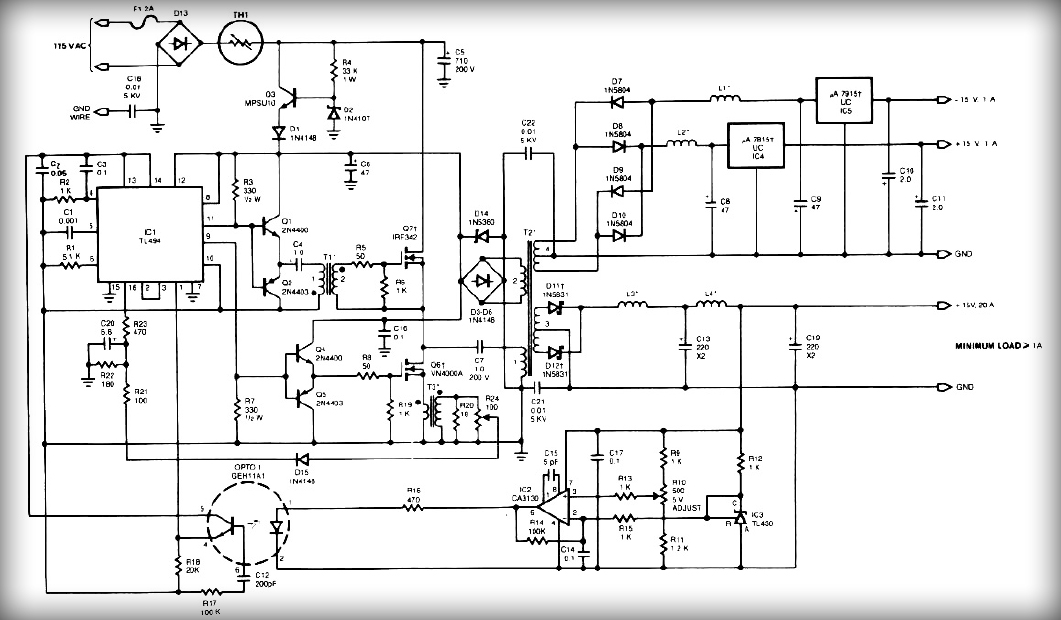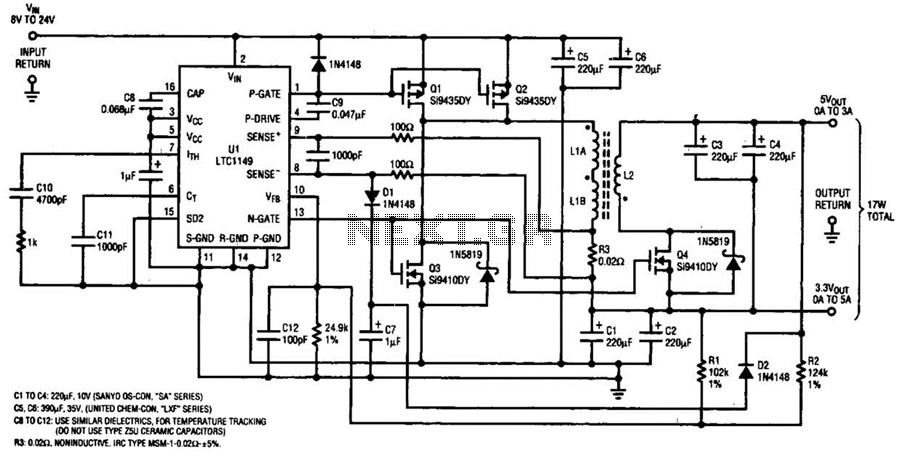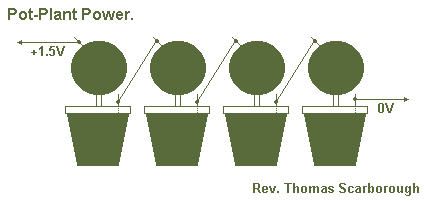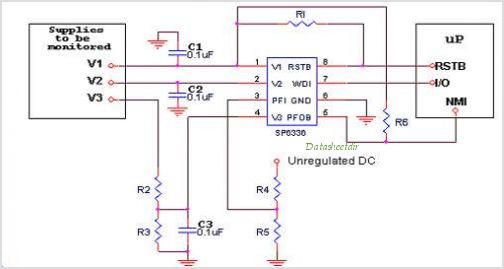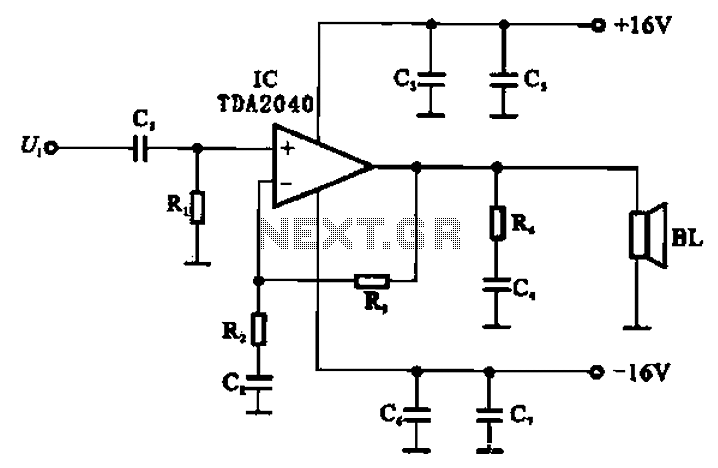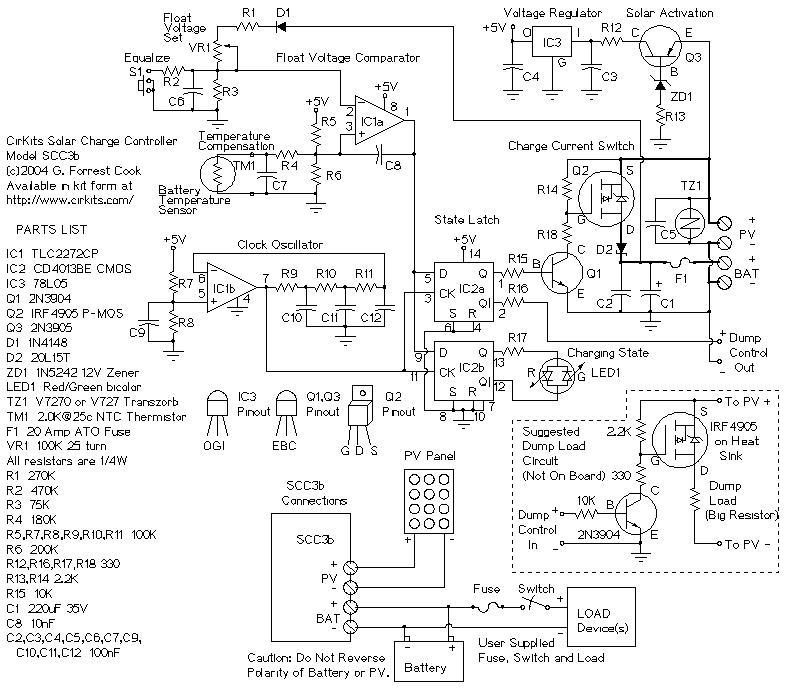
Harnessing Solar Power with Smart Power-Conversion Techniques
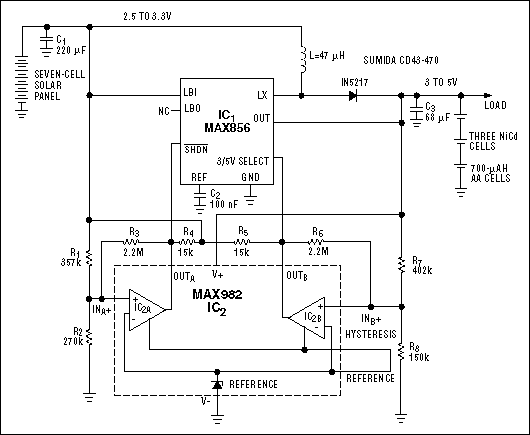
This circuit is designed to charge NiCd or NiMH batteries using solar cells. It maximizes power extraction from a solar array to charge a battery stack. The circuit utilizes the MAX856 boost converter and the MAX982 dual comparator with reference. Solar energy presents significant advantages over conventional battery cells: it generates virtually limitless energy, requires no recharging, and is expected to last for billions of years. The current advancements in solar cell technology have made them more efficient and cost-effective, enabling practical conversion of solar energy into electricity for various devices. However, the challenge lies in the intermittent nature of sunlight, which can obscure solar energy collection. The output current from typical monocrystalline silicon solar cells is directly influenced by the intensity of sunlight. For instance, a standard hobby-grade silicon cell, about the size of a credit card, has an open-circuit voltage of 0.55V. Internal resistance results in a voltage drop when current is drawn from the cell, and when light intensity falls below the threshold necessary to support the output load, the cell current-limits at nearly constant voltage. Under optimal light conditions (1 kW/m²), the cell can deliver a short-circuit current of 0.3A. Maximum output power is typically achieved at the transition from constant voltage to constant current, usually around 0.484V and 0.25 to 0.275A. This voltage is insufficient for most applications, prompting the need to connect solar cells in a series/parallel configuration to achieve several amperes of current at approximately 12V. Such outputs are beneficial only when full sunlight is consistently available, which is often not the case. Variations in sunlight primarily affect maximum available current rather than open-circuit voltage, which is crucial for designing electronics that optimize power usage at any moment. Most systems incorporate an intermediate energy-storage device, such as a rechargeable lead-acid or NiCd battery, to maintain a reliable power source. When sunlight is adequate, the solar cell charges the battery, which then supplies a stable power output to the load. Directly charging the battery from the solar panel using a series diode is inefficient due to the significant voltage fluctuations of the battery during charging. To capture all available energy from the solar panel, a switch-mode step-up or step-down converter is necessary, along with the battery. This converter must ensure that every bit of energy extracted from the solar panel is efficiently stored in the battery for future use. The switch-mode converter operates in two cycles: first, it connects an inductor to the power source, building current in the inductor to store energy; second, it alters the current path to allow the inductor to transfer its stored energy to the load. The load voltage can vary from that of the inductor's power source. Directly connecting the inductor to the solar panel is inefficient, as the panel's output current can vary significantly based on light conditions. A more effective strategy is to connect a reservoir capacitor to the solar panel. By monitoring the voltage across this capacitor, the switch-mode converter can be activated only when the panel's output is optimal—specifically, 0.484V multiplied by the number of series-connected cells in the panel. This input voltage is sufficient to initiate the converter, and the capacitor provides a low-impedance path for the inductor current, supporting full cycles of converter operation without interruption.
The circuit's architecture enables efficient energy management and storage, ensuring that energy harvested from the solar panel is maximized and utilized effectively. The integration of the MAX856 boost converter allows for voltage regulation and energy transfer to the battery, while the MAX982 dual comparator ensures that the charging process is optimized based on real-time conditions. This design is suitable for various applications, particularly in scenarios where consistent access to sunlight cannot be guaranteed, thus providing a reliable and efficient power solution for charging NiCd or NiMH batteries.Charge NiCd or NiMH batteries with solar cells. This circuit extracts the maximum power from a solar array to charge a battery stack. It employs the MAX856 boost converter and MAX982 dual comparator with reference. As a power source, the sun offers some impressive advantages over typical battery cells: It generates virtually limitless en ergy, requires no recharging, and is expected to last for another five billion years or so. Today`s more efficient, less expensive solar cells provide a practical means of converting the sun`s power into electricity to run our gadgets and gismos (see the appendix, From Photons to Electrons ). The only clouds in this otherwise sunny picture are. . . well, clouds. Because they often obscure the sun, it`s tough to design a system that can reliably provide power. The output current for typical monocrystalline-silicon solar cells directly depends on the amount of incident sunlight (Figure 1).
For example, a typical hobby-grade credit-card-sized silicon cell has an open-circuit voltage of 0. 55V. Internal resistance causes a voltage drop as you draw current from the cell; but, as light energy drops below the level necessary to support the output load, the cell current-limits at an almost constant voltage. For a light level of one full sun (solar irradiance of 1kW/m ²), the cell provides a typical short-circuit current of 0.
3A. Maximum output power arises at the transition from constant voltage to constant current, typically 0. 484V and 0. 25 to 0. 275A at one full sun. This 0. 484V is too low for most applications, so solar panels usually connect the cells in a series/parallel combination that provides several amperes of current at about 12V.
Such outputs are useful for many applications, assuming full sunlight is available whenever the application is active. Unfortunately, this imperative is hard to realize in most locations. Varying sunlight has less effect on the open-circuit voltage but has a direct effect on the maximum available current (Figure 1).
This characteristic is critical in designing electronics that optimize the use of the power available at any given time. Most applications include an intermediate energy-storage device, such as a rechargeable lead-acid or nickel-cadmium (NiCd) battery, to ensure an always-ready source of power.
When light is sufficient, the solar cell charges the battery, which then provides the load with a stable supply. Charging the battery directly from the solar panel (via a series diode) is difficult or at least inefficient, because battery voltage changes considerably as the battery charges.
Obtaining all the available energy from a solar panel requires a switch-mode step-up or -down converter and battery charger, in addition to the battery. The converter must ensure that every bit of energy taken from the solar panel is efficiently stored in the battery for future use.
A switch-mode converter works in two cycles. It first connects an inductor to a power source, allowing a buildup of inductor current that stores energy in the inductor. In the second cycle, a change in current path enables the inductor to transfer its accumulated energy to the load.
The load voltage can be higher or lower than that of the inductor`s power source. Connecting the inductor directly to a solar panel is inefficient. Depending on light levels, the panel`s output-current capability can range from microamps to several amperes. A much better approach is to connect a reservoir capacitor to the solar panel. By monitoring voltage on this capacitor, you can then turn on the switch-mode converter only when the panel output is optimum, that is, 0.
484V times the number of (ranks of) series-connected cells in the panel. This input is adequate to start the converter, and the capacitor provides a low-impedance path for the inductor current. Moreover, the capacitor supports full cycles of converter operation without allowing 🔗 External reference
The circuit's architecture enables efficient energy management and storage, ensuring that energy harvested from the solar panel is maximized and utilized effectively. The integration of the MAX856 boost converter allows for voltage regulation and energy transfer to the battery, while the MAX982 dual comparator ensures that the charging process is optimized based on real-time conditions. This design is suitable for various applications, particularly in scenarios where consistent access to sunlight cannot be guaranteed, thus providing a reliable and efficient power solution for charging NiCd or NiMH batteries.Charge NiCd or NiMH batteries with solar cells. This circuit extracts the maximum power from a solar array to charge a battery stack. It employs the MAX856 boost converter and MAX982 dual comparator with reference. As a power source, the sun offers some impressive advantages over typical battery cells: It generates virtually limitless en ergy, requires no recharging, and is expected to last for another five billion years or so. Today`s more efficient, less expensive solar cells provide a practical means of converting the sun`s power into electricity to run our gadgets and gismos (see the appendix, From Photons to Electrons ). The only clouds in this otherwise sunny picture are. . . well, clouds. Because they often obscure the sun, it`s tough to design a system that can reliably provide power. The output current for typical monocrystalline-silicon solar cells directly depends on the amount of incident sunlight (Figure 1).
For example, a typical hobby-grade credit-card-sized silicon cell has an open-circuit voltage of 0. 55V. Internal resistance causes a voltage drop as you draw current from the cell; but, as light energy drops below the level necessary to support the output load, the cell current-limits at an almost constant voltage. For a light level of one full sun (solar irradiance of 1kW/m ²), the cell provides a typical short-circuit current of 0.
3A. Maximum output power arises at the transition from constant voltage to constant current, typically 0. 484V and 0. 25 to 0. 275A at one full sun. This 0. 484V is too low for most applications, so solar panels usually connect the cells in a series/parallel combination that provides several amperes of current at about 12V.
Such outputs are useful for many applications, assuming full sunlight is available whenever the application is active. Unfortunately, this imperative is hard to realize in most locations. Varying sunlight has less effect on the open-circuit voltage but has a direct effect on the maximum available current (Figure 1).
This characteristic is critical in designing electronics that optimize the use of the power available at any given time. Most applications include an intermediate energy-storage device, such as a rechargeable lead-acid or nickel-cadmium (NiCd) battery, to ensure an always-ready source of power.
When light is sufficient, the solar cell charges the battery, which then provides the load with a stable supply. Charging the battery directly from the solar panel (via a series diode) is difficult or at least inefficient, because battery voltage changes considerably as the battery charges.
Obtaining all the available energy from a solar panel requires a switch-mode step-up or -down converter and battery charger, in addition to the battery. The converter must ensure that every bit of energy taken from the solar panel is efficiently stored in the battery for future use.
A switch-mode converter works in two cycles. It first connects an inductor to a power source, allowing a buildup of inductor current that stores energy in the inductor. In the second cycle, a change in current path enables the inductor to transfer its accumulated energy to the load.
The load voltage can be higher or lower than that of the inductor`s power source. Connecting the inductor directly to a solar panel is inefficient. Depending on light levels, the panel`s output-current capability can range from microamps to several amperes. A much better approach is to connect a reservoir capacitor to the solar panel. By monitoring voltage on this capacitor, you can then turn on the switch-mode converter only when the panel output is optimum, that is, 0.
484V times the number of (ranks of) series-connected cells in the panel. This input is adequate to start the converter, and the capacitor provides a low-impedance path for the inductor current. Moreover, the capacitor supports full cycles of converter operation without allowing 🔗 External reference
